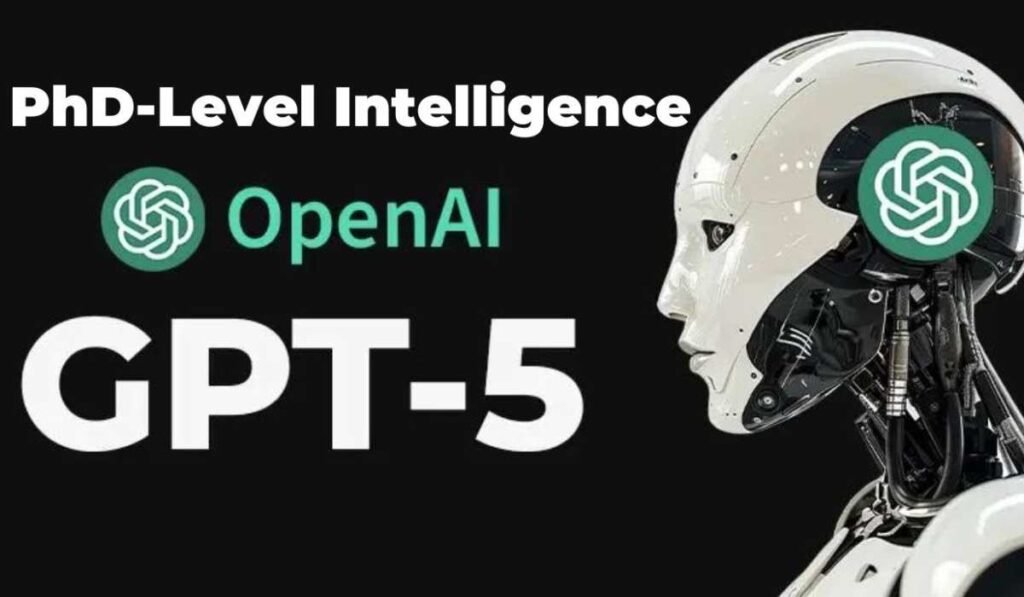OpenAI has unveiled o1-preview, the first in a groundbreaking new series of AI models designed to excel at complex reasoning tasks. This release marks a significant leap forward in artificial intelligence capabilities, particularly in the domains of science, coding, and mathematics.
The o1 model represents a fundamental shift in AI design philosophy. Unlike previous models optimized for quick responses, o1 is engineered to spend more time carefully thinking through problems before answering. This approach allows the model to tackle more challenging tasks and produce higher quality outputs.
“We trained these models to spend more time thinking through problems before they respond, much like a person would,” explained an OpenAI spokesperson. “Through training, they learn to refine their thinking process, try different strategies, and recognize their mistakes.”
Key Features and Capabilities
The standout feature of o1 is its advanced reasoning ability. By employing a chain-of-thought approach, the model can break down complex problems into manageable steps, consider multiple strategies, and even catch and correct its own errors. This process mimics human problem-solving techniques more closely than previous AI models.
In benchmark tests, o1 has demonstrated remarkable performance across various fields:
- Mathematics: On a qualifying exam for the International Mathematics Olympiad (IMO), o1 correctly solved 83% of problems, compared to just 13% for GPT-4.
- Coding: The model reached the 89th percentile in Codeforces programming competitions, showcasing its ability to tackle complex algorithmic challenges.
- Science: o1 outperformed human PhD students on challenging benchmark tasks in physics, chemistry, and biology.
These results indicate that o1 is not just incrementally better than its predecessors, but represents a quantum leap in AI problem-solving capabilities.
Enhanced Safety Measures
Alongside these impressive capabilities, OpenAI has implemented robust safety measures in o1. The model utilizes its reasoning abilities to better understand and apply safety guidelines, making it more resistant to misuse or “jailbreaking” attempts.
“On one of our hardest jailbreaking tests, GPT-4 scored 22 (on a scale of 0-100) while our o1-preview model scored 84,” the OpenAI team reported.
This significant improvement demonstrates the model’s enhanced ability to adhere to ethical guidelines and safety protocols.
Availability and Access
Currently, o1-preview is available to:
- ChatGPT Plus and Team users
- Enterprise and Edu users (coming soon)
- API access for developers who qualify for usage tier 5
OpenAI has emphasized that this is an early preview, with plans for regular updates and improvements. It’s worth noting that o1-preview currently lacks some features present in other models, such as web browsing and file uploading capabilities. However, OpenAI has stated its intention to add these functionalities in future updates.
Potential Applications
The advanced reasoning capabilities of o1 open up exciting possibilities across various fields:
- Scientific Research: o1 could assist researchers in analyzing complex data sets, generating hypotheses, and even designing experiments.
- Software Development: The model’s strong performance in coding tasks suggests it could be a powerful tool for developers, potentially helping with everything from algorithm design to debugging complex systems.
- Mathematical Problem-Solving: With its ability to tackle high-level mathematics, o1 could be invaluable in fields ranging from pure mathematics to engineering and finance.
- Healthcare: Researchers could use o1 to annotate cell sequencing data or generate complex mathematical formulas needed for advanced medical research.
- Physics and Quantum Optics: The model’s ability to handle complex mathematical formulas makes it potentially useful for theoretical physics and related fields.
The release of o1-preview represents a significant milestone in the development of artificial intelligence. By prioritizing deep reasoning over quick responses, OpenAI has created a model that can tackle some of the most challenging problems in science, mathematics, and computer science.
As OpenAI continues to refine and expand the capabilities of the o1 series, we can expect to see even more impressive advancements. The potential applications of this technology are vast, and it’s likely that o1 and its successors will play a crucial role in pushing the boundaries of human knowledge and capability across multiple disciplines.
While it’s important to approach these developments with a balanced perspective, considering both the potential benefits and risks, there’s no doubt that the o1 model marks the beginning of an exciting new chapter in the field of artificial intelligence.
The o1 model is the first in a new series of AI models designed by OpenAI to excel at complex reasoning tasks, representing a significant advancement in AI capabilities, particularly in science, coding, and mathematics.
Unlike previous models optimized for quick responses, the o1 model is engineered to spend more time carefully thinking through problems before answering, allowing it to tackle more complex tasks and produce higher quality outputs.
The o1 model features advanced reasoning abilities, a chain-of-thought approach to problem-solving, and the capacity to catch and correct its own errors, making it more akin to human problem-solving techniques.
In benchmark tests, the o1 model solved 83% of problems on an International Mathematics Olympiad qualifying exam, reached the 89th percentile in Codeforces competitions, and outperformed human PhD students in various science tasks.
The o1 model incorporates enhanced safety measures that leverage its reasoning abilities to better understand and apply safety guidelines, making it more resistant to misuse or 'jailbreaking' attempts.
The o1-preview model is currently available to ChatGPT Plus and Team users, Enterprise and Edu users (coming soon), and developers who qualify for API access in usage tier 5.
The o1 model has potential applications in scientific research, software development, mathematical problem-solving, healthcare, and theoretical physics, among other fields.
Yes, the o1-preview model currently lacks certain features available in other models, such as web browsing and file uploading capabilities, but OpenAI plans to add these functionalities in future updates.
The release of the o1 model marks a significant milestone in AI development, prioritizing deep reasoning over quick responses, and paving the way for advancements that could expand the boundaries of human knowledge and capabilities across multiple disciplines.





